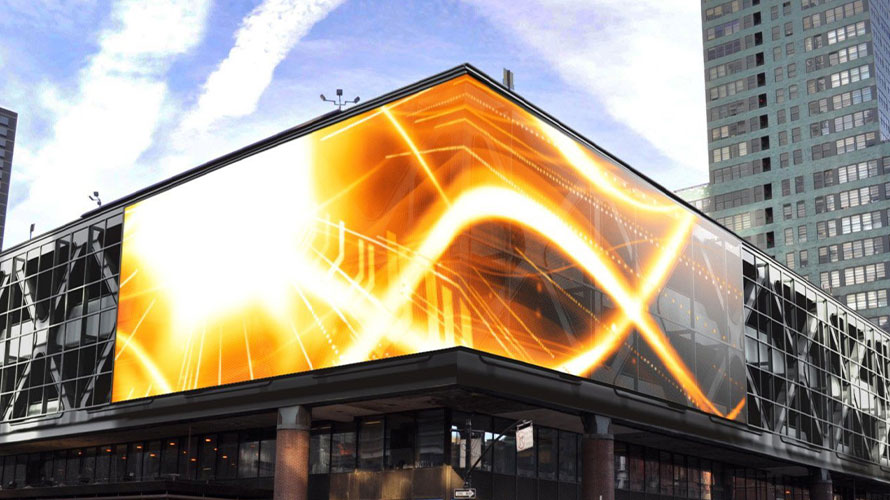A Comprehensive Comparison of Different LED Display Wall Techniques and The Applications
A Comprehensive Comparison of Different LED Display Wall Techniques and The Applications
Blog Article
LED display walls are more common in various environments, including music events, sports competitions, as well as business meetings. These large displays are composed of numerous individual Light Emitting Diode panels that function collectively to form a cohesive unified image. Various multiple types of Light Emitting Diode video screen technologies on the market, every having its own characteristics as well as benefits. Understanding these technologies options can assist companies and organizations choose the appropriate solution for their specific needs.
One common kind of Light Emitting Diode display screen technology is the directly viewed Light Emitting Diode. This technology utilizes separate LED modules that are arranged near together to form a big display. Direct view LED walls are recognized for their elevated brightness as well as lively hues, making them ideal for external activities or well-lit lit environments. These displays also have a wide sight perspective, which means that viewers can view the screen clearly from different locations. This makes directly viewed Light Emitting Diode screens a popular choice for sports arenas as well as external events.
A different type of Light Emitting Diode video wall solution is the LED-backlit LCD. Such solution merges traditional LCD screens and Light Emitting Diode illumination to enhance brightness and color precision. LED-backlit LCDs are commonly utilized in interior environments, such as shopping malls and meeting spaces. These displays provide superior image quality while are typically more affordable than directly viewed LED walls. However, they may not function as effectively in well-lit settings, since the illumination can sometimes wash out the colors.
A third choice is the Organic Light Emitting Diode display screen. Organic Light Emitting Diode technology offers superior contrast as well as hue richness in relation to alternative kinds of displays. Each pixel in an OLED screen emits its individual luminescence, enabling for genuine dark tones as well as lively hues. Such renders OLED video walls particularly appealing for uses which demand premium visuals, including art galleries or high-end retail outlets. Nonetheless, Organic Light Emitting Diode solution can be costlier costly while may often be as luminous as directly viewed Light Emitting Diode screens, rendering it not appropriate for external applications.
Along with the aforementioned options, various also various uses for LED led video wall for hospitality industry display screens. They can be used for advertising, entertainment, and data display. For example, businesses commonly utilize LED video walls for electronic advertising to attract clients as well as promote goods. Within amusement, they enhance the visual encounter at music events and events, offering lively backgrounds and captivating images. In business settings, LED display screens can be used for demonstrations, visual conferencing, and educational sessions, helping to communicate data in a visually attractive manner.
To summarize, LED video screens are available in different technologies, every with its own benefits as well as applications. Directly viewed Light Emitting Diode screens are ideal for external use, whereas LED illuminated LCDs are more suitable for interior environments. Organic Light Emitting Diode display walls offer superior visual quality yet may come at a higher price. Grasping these differences can help entities make informed choices about which type of Light Emitting Diode video screen most meets their requirements, whether for advertising, entertainment, and corporate use.